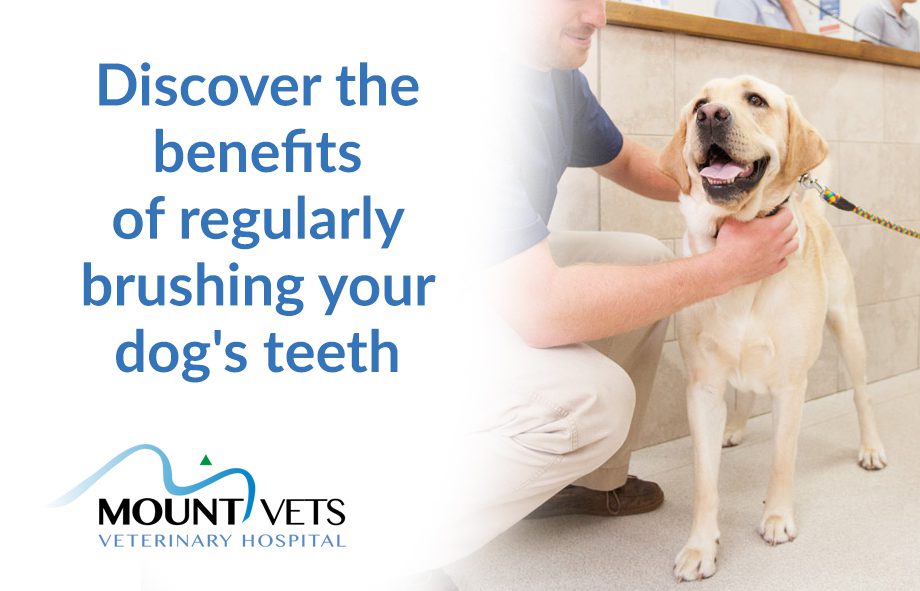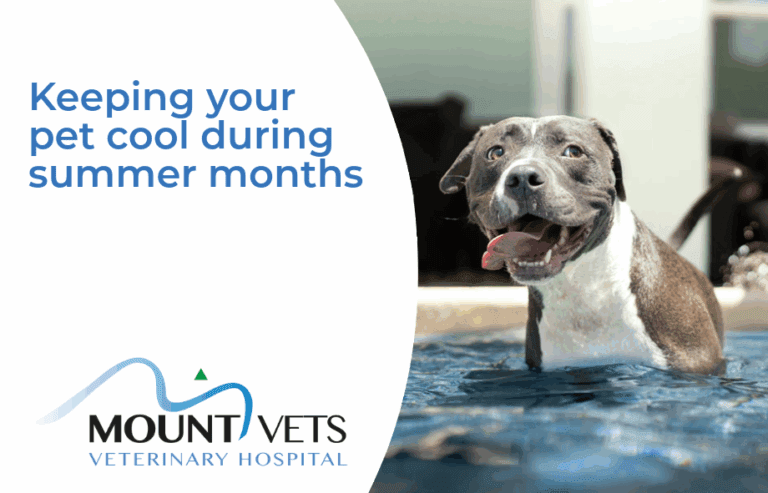The benefits of regularly brushing your dog’s teeth
Plaque, a combination of food debris, salivary proteins and bacteria, builds up on your dog’s teeth every time it eats. The physical removal of plaque is very important in maintaining a healthy mouth – just imagine what your mouth would feel like if you never cleaned your teeth!
Plaque should be removed every day to prevent deterioration in your dog’s oral health. Twice weekly cleaning will still slow the development of oral disease but cleaning less frequently than this will give no benefit to your pet.
It takes time, patience and gentleness to get your dog used to having its teeth cleaned, but hopefully these practical tips should make it easier.
With a young dog start handling its mouth as early in its life as possible. Dental home care from an early age will go a long way towards preventing or reducing dental disease later in life. Middle-aged or older animals are likely to be more accepting of dental home care if it is introduced as part of a pre-existing routine, such as an evening meal, walk or grooming. If your dog will not let you handle its mouth at all then you will need to work on this first. Do not continue however, if your dog becomes snappy or aggressive.
Make your dog comfortable and approach from the side, not from the front. Small dogs may be cuddled on your lap to reduce their apprehension. Start by cleaning just a few teeth at the front using the enzymatic pet toothpaste (not human toothpaste!). Use a piece of gauze or a finger brush. At this point do not try and open the mouth. It is mainly the outside surfaces of the teeth, where the gum and tooth meet, that need cleaning. These can be reached by simply lifting the lip. Aim to do a little more at each session but go at your dog’s pace.
It may take you up to four weeks for your dog to allow you to work round all of its teeth. Gradually increase the number of teeth cleaned until the whole mouth can be cleaned in a single session. This should last a maximum of one minute. Once your dog is comfortable with the finger brush move on to the dental brush.
You may now try to open your dog’s mouth by holding its head back with one hand and cleaning the inside surfaces of the teeth with the toothbrush. If your pet does not accept this please continue to clean the outside surfaces – tongue movement will help to clean the inside of the teeth.
Finally, don’t forget to offer a reward at the end of the procedure, such as a game or a treat (a rawhide strip rather than a chocolate biscuit!).


